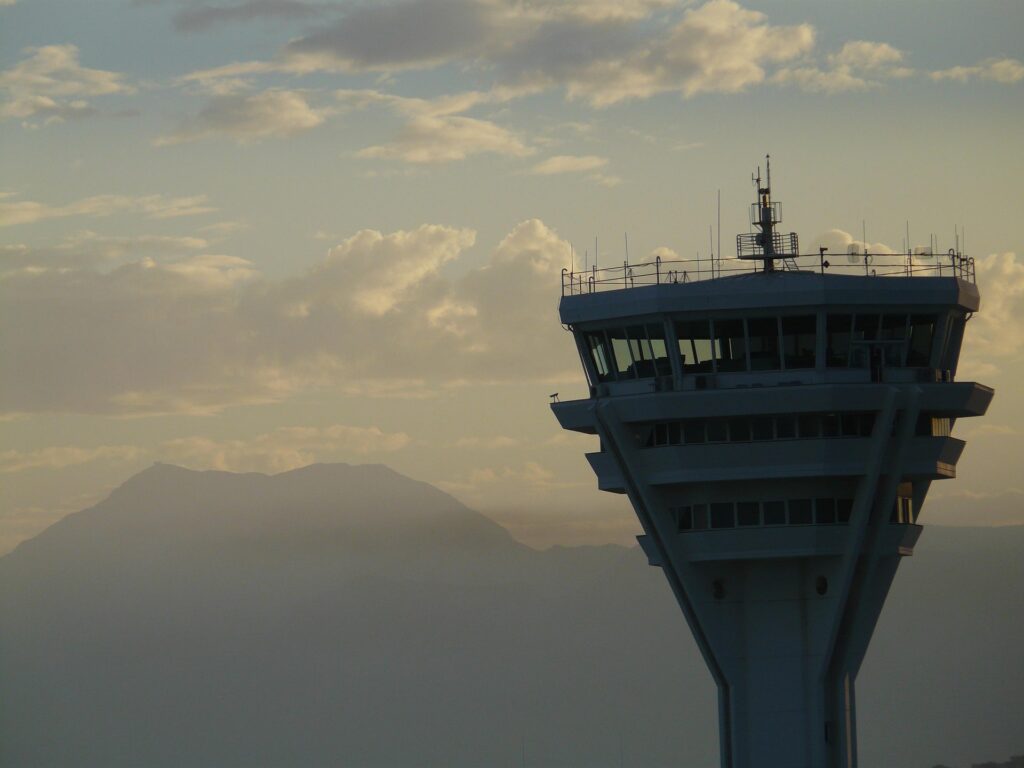Global Avionics Round-Up from Aircraft Value News (AVN)

The U.S. Air Traffic Control (ATC) system, once a symbol of aviation excellence, is now facing a crisis marked by staffing shortages, outdated technology, and operational chaos.
Recent disruptions at Newark Liberty International Airport have spotlighted these systemic issues, raising concerns about the Federal Aviation Administration’s (FAA) ability to ensure safe and efficient air travel.
Brace yourself — the delays, cancellations, and safety issues recently plaguing Newark Airport could soon hit airports across the U.S.
U.S. Transportation Secretary Sean Duffy recently warned that “antiquated systems” at many major airports nationwide are overdue for a multibillion-dollar upgrade.
Duffy told NBC’s “Meet the Press” on May 11 that he intends to reduce the number of flights at Newark airport over the “next several weeks.”
“What you see in Newark is going to happen in other places across the country,” Duffy said. “It has to be fixed.”
Newark: A Microcosm of National ATC Challenges
In early May, Newark Liberty International Airport experienced significant operational disruptions. On one occasion, only three air traffic controllers were on duty instead of the required 14, leading to flight delays of up to seven hours. This staffing shortfall was compounded by three communication blackouts that temporarily prevented the control tower from monitoring aircraft.
The FAA’s decision to shift Newark’s airspace oversight to Philadelphia also has led to system connectivity problems and reduced staffing due to trauma-related leave. To maintain safety, the FAA has required airlines to scale back flights, and United Airlines has already cut 35 daily roundtrips at the airport.
A Nationwide Staffing Crisis
Transportation Secretary Duffy pledged initiatives including raises, bonuses, faster hiring, and infrastructure upgrades, but warned the issue is long-term due to the 1-3 years required to train new hires. With an average salary of $160,000, controller roles
require no college degree, though applicants must pass numerous rigorous tests and be under 31 years old, unless they already have experience.
The shortage extends beyond controllers. The nation has more than 4,800 systems specialists who install, operate, maintain, and repair the nation’s more than 74,000 radar, communications, navigational aids, computer automation, airport lighting, and other important infrastructure systems.
The number of systems specialists has declined for several years and is getting worse as more specialists are retiring every year. Insufficient systems specialist staffing not only leads to prolonged restoration times and increased air traffic delays during outages but also poses challenges in ensuring adequate shift coverage.
Outdated Technology and Infrastructure
The FAA’s reliance on aging technology has been a longstanding issue. The Next Generation Air Transportation System (NextGen), initiated in 2007, aims to modernize the National Airspace System by 2030. However, progress has been slow, and many legacy systems remain in operation.
A 2024 Government Accountability Office (GAO) report found that 51 of the FAA’s 138 air traffic control systems are “unsustainable” and in urgent need of modernization. Some systems are over 30 years old and lack modernization plans, posing significant risks to air travel safety and efficiency.
The FAA’s modernization efforts have also faced challenges. The agency has been slow to modernize the most critical and at-risk systems.
Specifically, when considering age, sustainability ratings, operational impact level, and expected date of modernization for each system, as of May 2024, the FAA had 17 systems that were especially concerning. The investments intended to modernize these systems were not planned to be completed for at least six years. In some cases, they were not to be completed for at least 10 years.
Technological Initiatives and Future Prospects
Despite these challenges, the FAA is pursuing several technological initiatives to address the crisis. The NextGen program includes the implementation of Automatic Dependent Surveillance-Broadcast (ADS-B), a technology that allows aircraft to broadcast their position to air traffic control and other aircraft, enhancing situational awareness and safety.
Another initiative is the National Airspace System Voice Switch (NVS) project, which aims to establish a single set of scalable voice switches that can support a dynamic flow of air traffic. This would enable more flexible and efficient voice communications between controllers and pilots.
The FAA also is exploring the use of remote and virtual towers, which allow air traffic services to be provided from a location other than the local control tower. This concept has been implemented in other countries and could offer cost savings and increased efficiency for U.S. airports.
The U.S. ATC system is at a critical juncture. While the FAA has initiated several modernization efforts, progress has been slow, and significant risks remain.
This article originally appeared in our partner publication, Aircraft Value News.
John Persinos is the editor-in-chief of Aircraft Value News.